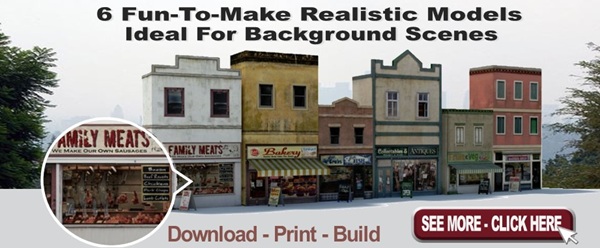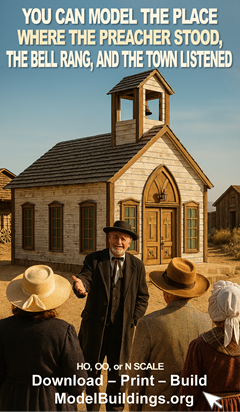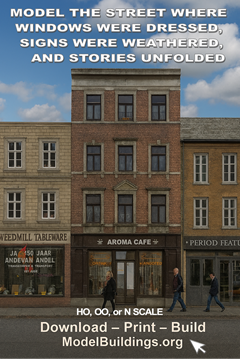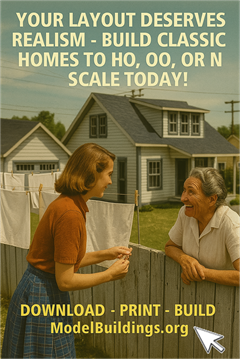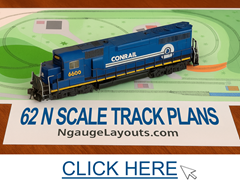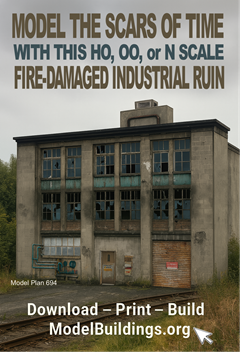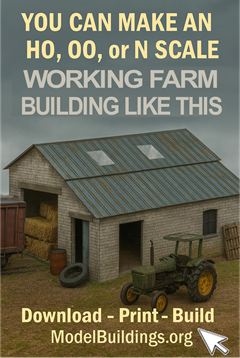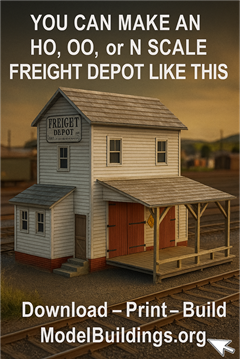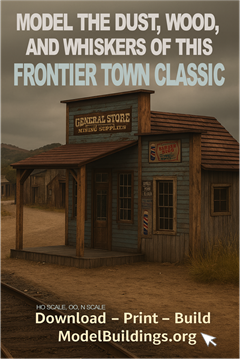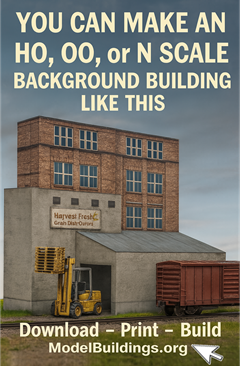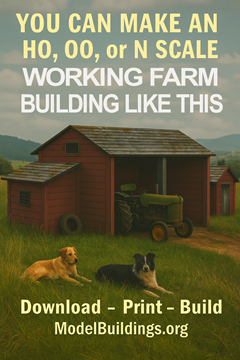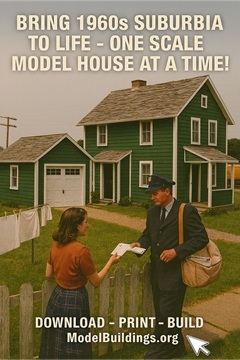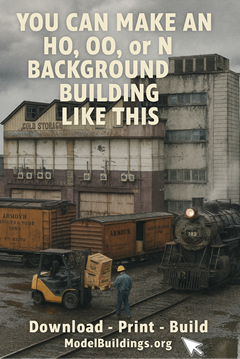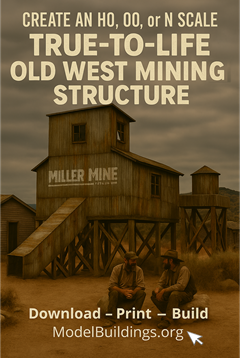Everything on model trains, model railroads, model railways, locomotives, model train layouts, scenery, wiring, DCC and more. Enjoy the world's best hobby... model railroading!
Desoldering Track and Wires
Duncan asks readers:
“Does anyone know the best way to desolder track? I want to separate several lengths of tracks, but on the first one I tried the rail heated and it came loose from a tie. Please advise. Thanks”
You are welcome to contribute your thoughts by using the COMMENTS link below.
PACK DEALS – Now Available Across The Range!
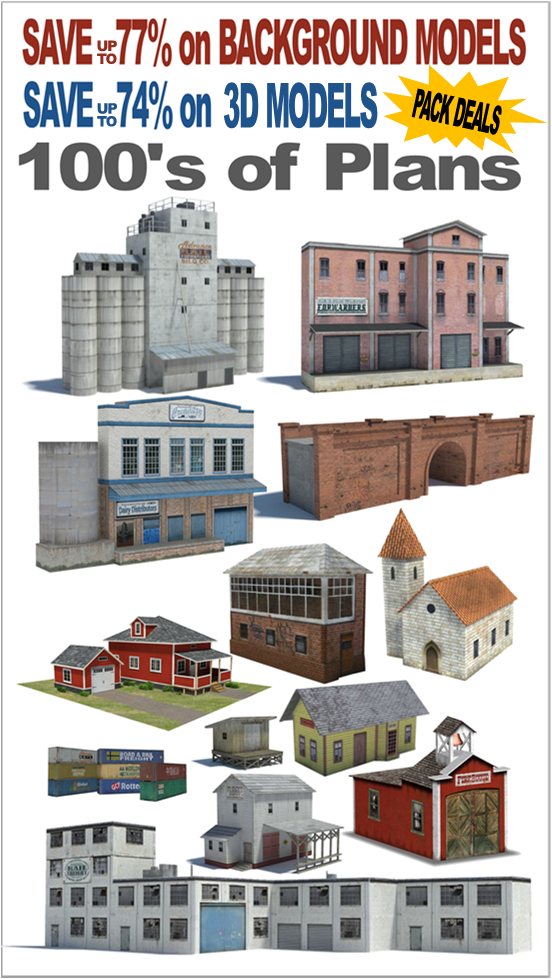
SAVE UP TO 77% on Background Building Plans Here
https://www.modelbuildings.org/background-buildings
SAVE UP TO 74% on 3D Plans Here
Watch How To Construct This Old Wild West Scale Model Telegraph and Stage Coach Office. SAVE UP TO 72% on PACK DEALS!
You can download plans to make 28 wild west and mining town scale models for HO, OO, or N scale model railroads. See the full range of old wild west models here (all 7 packs) https://www.modelbuildings.org/wildwest-mining
All plans can be purchased individually or you can save big dollars by buying the pack deals.
Here are the direct links:
Town Pack SAVE 72%
https://www.modelbuildings.org/wild-west-town-pack-deal-c
Mining Town Pack C SAVE 68%
https://www.modelbuildings.org/scale-models-old-wild-west-gold-mining-town
More Mining Town Structures SAVE 71%
Merry Christmas To All Our Model Railroading Fans
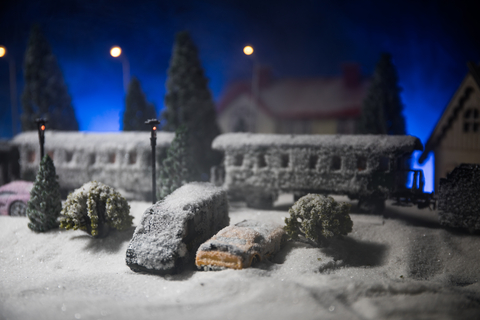
Whether you are experiencing Winter in the Northern Hemisphere, or Summer in the Southern Hemisphere, We would like to wish you a Merry Christmas and hopefully a wonderful time with family and friends. Also, a special thank you to all our customers and contributors for their continuing support, because we are just a small business and without it, this Blog could not continue.
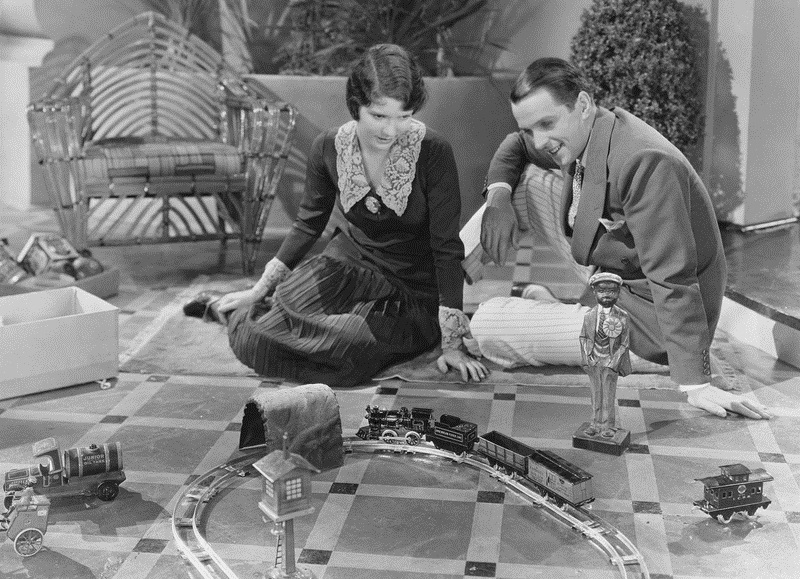

You can download the latest updated Model Buildings Catalog with our compliments here https://www.modelbuildings.org/catalog
Decoder Wiring Sound Car
Bryan has HO scale and asks:
“I have wired speaker and pickup wires to my Kato Metra car. The decoder turns on and off ok, but need to know how to wire the lights to my existing light control board. Would I need to purchase new LED’s and wire them up separately?”
You can join the conversation and post your comments below.
Construct These Scale Model Churches – WATCH HOW!
Download the plan for this church and construct to HO, OO, or N scale here https://www.modelbuildings.org/more-building-plans-pack-deal
Download your FREE updated catalog here https://www.modelbuildings.org/catalog
Old Engines Not working
Verlin models HO and asks:
“I have new Bachmann track, and a small setup. My small pusher engine works perfectly. My 3 larger engines do not. The lights are flickering but the engines not running. They all worked 10 years ago, but have been stored in basement since in Colorado. Maybe the wheels need cleaning? Best way? Other suggestions?”
Adding a Decoder
Geoff writes:
“Hello, I have OO9 (UK speak for HO narrow gauge). I’m planning to add a decoder to a Tomytec N gauge chassis for a narrow gauge railcar project. The connection from the wheels to the motor is by metal strips. As there aren’t any colored wires, I’m not sure which “side” of the motor and chassis to connect the red and black pickup wires and the orange/grey motor wires of the decoder. I’m not sure if it matters anyway, since the railcar doesn’t really have a front and back.”
If you are able to assist Geoff, please add your comments under his post.
Kadee 148 Whisker Verses Number 5 Couplers
Neville asks”
“I have 3 older Athearn diesels dating back to the ’80s and one a bit earlier. Looking at the coupler boxes I think the Kadee Whisker #148 might be my best option. Any thoughts?”
You can post your thoughts below. Thank you.
How To Maximize Your Track Space – WATCH VIDEO
Save up to 77% on background building plans here https://www.modelbuildings.org/background-buildings/
Download the latest catalog showing the full range of buildings here https://www.modelbuildings.org/catalog/
Strip Paint From Athearn and Atlas Shells
Kent asks:
“I want to strip the paint from one Atlas and one much older blue-box Athearn. I read to use 91% isopropyl alcohol but wondered how safe the stuff is, do I just soak it in a container of some kind (for how long), and/or scrub it (using what)? I would do it right rather than guess. Thanks if you can help.”
To advise Kent please post your comments underneath.
Download These 9 True-To-Life scale Model Houses and 4 Garages Perfect For HO Scale, N Scale, Or OO Scale Railroads
You can access the plans to make these 9 houses and 4 garages ready for download here https://www.modelbuildings.org/9-houses-and-4-garages-pack-deal 👍👍👍
Problem With Kadee Couplers Uncoupling
Shawn asks:
“I use both the regular Kadee couplers and the magnetic type. Problem is; with cars uncoupling during operations. My layout is flat so there are any grade issues. I thought it might be because the couplers weren’t all at the same height, but they seem to be. Help if you can please.”
You can assist Shawn by posting your comments and suggestions below.
